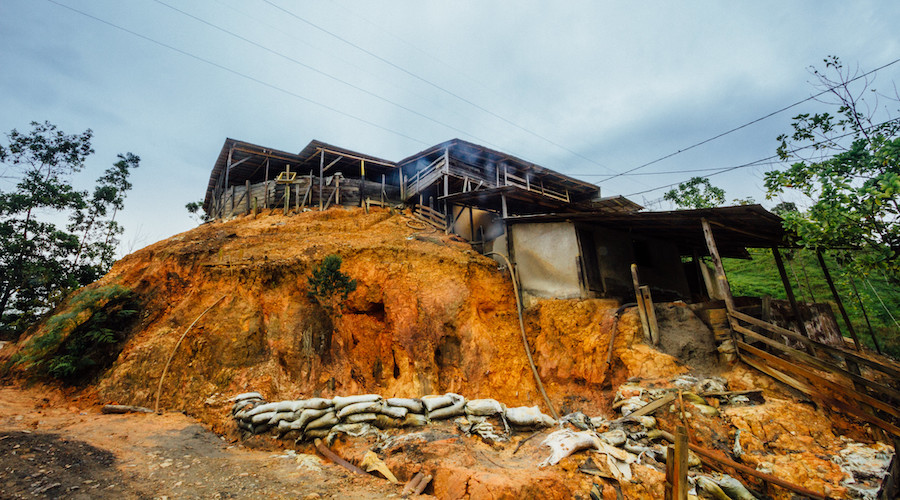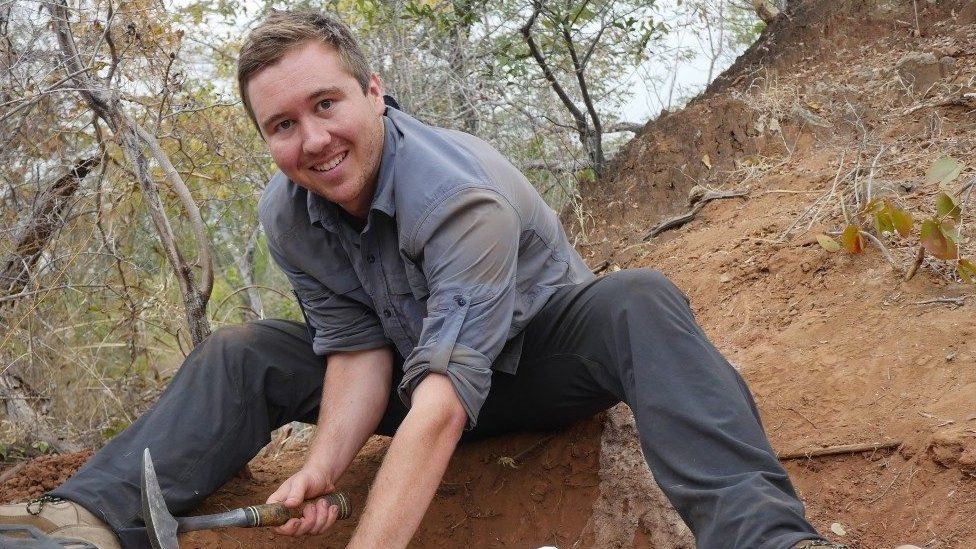Issued on: 04/09/2022 -
Text by: NEWS WIRES
Donald Trump branded Joe Biden an "enemy of the state" Saturday as he hit back at the US president's assertion that the Republican and his supporters are undermining American democracy, and slammed last month's FBI raid of his Florida home.
Making his first public appearance since the August 8 raid, Trump told a rally in Pennsylvania that the search was a "travesty of justice" and warned it would produce "a backlash the likes of which nobody has ever seen."
"There can be no more vivid example of the very real threats from American freedom than just a few weeks ago, you saw, when we witnessed one of the most shocking abuses of power by any administration in American history," Trump claimed, despite long-standing protocols by which the Justice Department and the FBI act independently of the White House.
Trump told cheering supporters at the "Save America" gathering in the city of Wilkes-Barre that the "egregious abuse of the law" was going to produce "a backlash the likes of which nobody has ever seen."
He also hit back at Biden's speech this week in which the president said his predecessor and Republican supporters "represent an extremism that threatens the very foundations of our republic."
Speaking in Philadelphia, the cradle of US democracy, on Thursday, the president launched an extraordinary assault on those Republicans who embrace Trump's "Make America Great Again" ideology -- and urged his own supporters to fight back in what he billed as a "battle for the Soul of the Nation."
Trump slammed it as the "most vicious, hateful and divisive speech ever delivered by an American president."
"He's an enemy of the state. You want to know the truth. The enemy of the state is him," Trump said. 00:17
"Republicans in the MAGA movement are not the ones trying to undermine our democracy," continued Trump, who has repeatedly claimed the 2020 presidential election, which he lost, was rigged; and whose party has made unfounded claims of voter fraud a central plank of their platform.
"We are the ones trying to save our democracy, very simple. The danger to democracy comes from the radical left, not from the right," Trump added.
He was appearing at the rally ahead of November's midterm elections, which could see Biden's Democrats lose control of both houses of Congress.
'Top secret' files
Even although Trump is not on the ballot, Biden, 79, is seeking to turn the vote into a referendum on his predecessor in a bid to hold on to the Senate and House of Representatives.
At the Wilkes-Barre rally -- where Trump took to the stage to support his candidate in the Senate race, TV physician Mehmet Oz -- Trump supporter Edward Young said he had been "disgusted" by Biden's speech.
"He declared war on me. He declared war on half of America," Young told AFP.
The duelling visits by Biden and Trump to Pennsylvania, a key battleground state, come as the Republican is under increasing legal pressure over the documents found by the FBI at his Mar-a-Lago estate.
The Justice Department has said in court filings that highly classified government documents, including some marked "Top Secret," were discovered in Trump's personal office during the raid.
A detailed list of what was seized also showed Trump held on to more than 11,000 unclassified government records that he claims are his to keep -- but legally are owned by the National Archives.
Among the papers seized were 18 documents labelled "top secret", 53 labelled "secret" and another 31 marked "confidential."
Of those, seven top secret files, 17 secret files and three confidential files were retrieved from Trump's private office.
Agents also found several dozen empty folders labelled "classified" in the office, raising speculation that sensitive documents may have been lost, destroyed or moved.
Trump, who is keeping supporters and commentators guessing about whether he intends to run for president again 2024, has sued to have the documents turned over to a neutral "special master," a move that could slow the government's probe.
(AFP)













